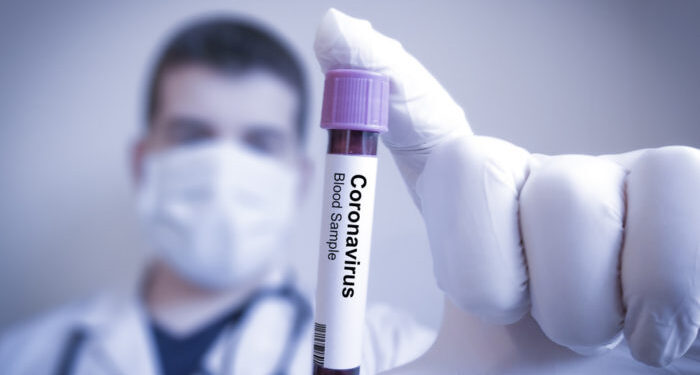In a recent report, Intertanko outlines the plans and procedures to be put in place to prepare a ship for shore personnel to come on board and to protect seafarers from the dangers posed by COVID-19.
Prior to calling at port
Prior to calling any port of an affected country, the Master should ensure accurate port information and vessel Estimated Time of Arrival (ETA) is sent to the office. To gather adequate information and update on Covid-19 from all concerned parties to mitigate the risk, take appropriate precautions and comply with local requirements, which may include the use of additional PPE and declaration requirements.
For ships interfacing with port facilities such as having shore-based personnel from cargo terminals to come onboard, some ports may require additional requirements such as having the ship remain anchored for a period of observation or Covid-19 testing for the crew before the ship can commence with its intended activities in port.
When in port
The social and personal benefits of shore leave to seafarers cannot be understated. Shore leave allows seafarers to be, temporarily at least, physically and mentally detached from their work environment and to access items and services that are not normally available on board.
Seafarers should enjoy their right to shore leave subject to strict respect of any public health measures applicable to the local population and following all precautionary measures including PPE & Sanitation. INTERTANKO working with other industry associations have developed shore leave guidance in compliance with regulation 2.4.2 of the Maritime Labour Convention (MLC) and this guidance should be followed.
Where ports prevent shore leave, alternative means for bringing relief items or services from shore to the ship should be considered. However, efforts should be made to work with shore authorities to allow shore leave, particularly for vaccinated seafarers.
Furthermore, during the port stay, there should be minimal interpersonal exchanges with persons from ashore, avoiding contact with people who show symptoms of flu or high temperature and taking care of personal hygiene, including more frequent handwashing, etc. The primary means to prevent transmission of the virus is to maintain physical distancing.
Signing off and on seafarers
Seafarers joining or departing ships should comply with the protocols contained in this circular. This Circular recommends that all seafarers who are leaving or joining the vessel should check their temperature twice daily and keep records as this may be required for a number of days before embarkation or disembarkation.
Prior to entry into port, the crew manager should ensure that crew changes can take place, taking into account local regulations. In considering crew changes, the manager must ensure that flights are operating and this includes transits in third countries.
The seafarer signing off or on should keep with them documents showing that they are seafarers whilst transiting borders. Such documents should assist in their transit.
It is vital to ensure trust in the crew change arrangements that no crew member joins a ship if they are feeling ill or suffering from flu-like symptoms
says Intertanko.
Vaccinated seafarers
Current vaccines can provide over 90% protection from existing and anticipated strains of the Covid-19 virus. This means that fully vaccinated seafarers should either be immune from the virus or the effects of catching the disease are greatly reduced. Only a small percentage of those vaccinated have required hospital treatment.
Research continues into whether vaccinated seafarers may still be able to pass on the virus to unvaccinated persons. Taking a precautionary approach, physical distancing measures should remain in place for vaccinated seafarers until 10 days has passed from their joining, unless all on board have been vaccinated. Physical distancing and the use of PPE should continue to be used when in close proximity to shore workers.
Suspected case
In the event of a seafarer testing positive or showing Covid-19 symptoms, the following steps should be taken:
- Isolate the infected person in the hospital, or in a cabin with a separate toilet and bathing facilities, ensure the air-conditioning duct is isolated and that independent ventilation is used (the WHO advises that the door should be closed);
- During isolation, the seafarer should not undertake any duties;
- For a suspected case, seek medical advice to confirm symptoms are consistent with Covid-19;
- Limit the number of carers of the patient, ideally assign one person who is in a good health without risk conditions;
- No visitors;
- Carer should wear PPE consisting of N95 respirator masks or medical masks, and disposable gloves;
- For close contact (e.g. to bathe or turn the patient), plastic overalls or aprons are essential;
- All PPE should be disposed of after each contact with the patient;
- Avoid direct contact with body fluids, particularly oral or respiratory secretions, and stools;
- Infected person’s cabin and belonging to be sanitised;
- Do not touch an infected person’s belongings, clothes, sheets or their bodily fluids.

































































